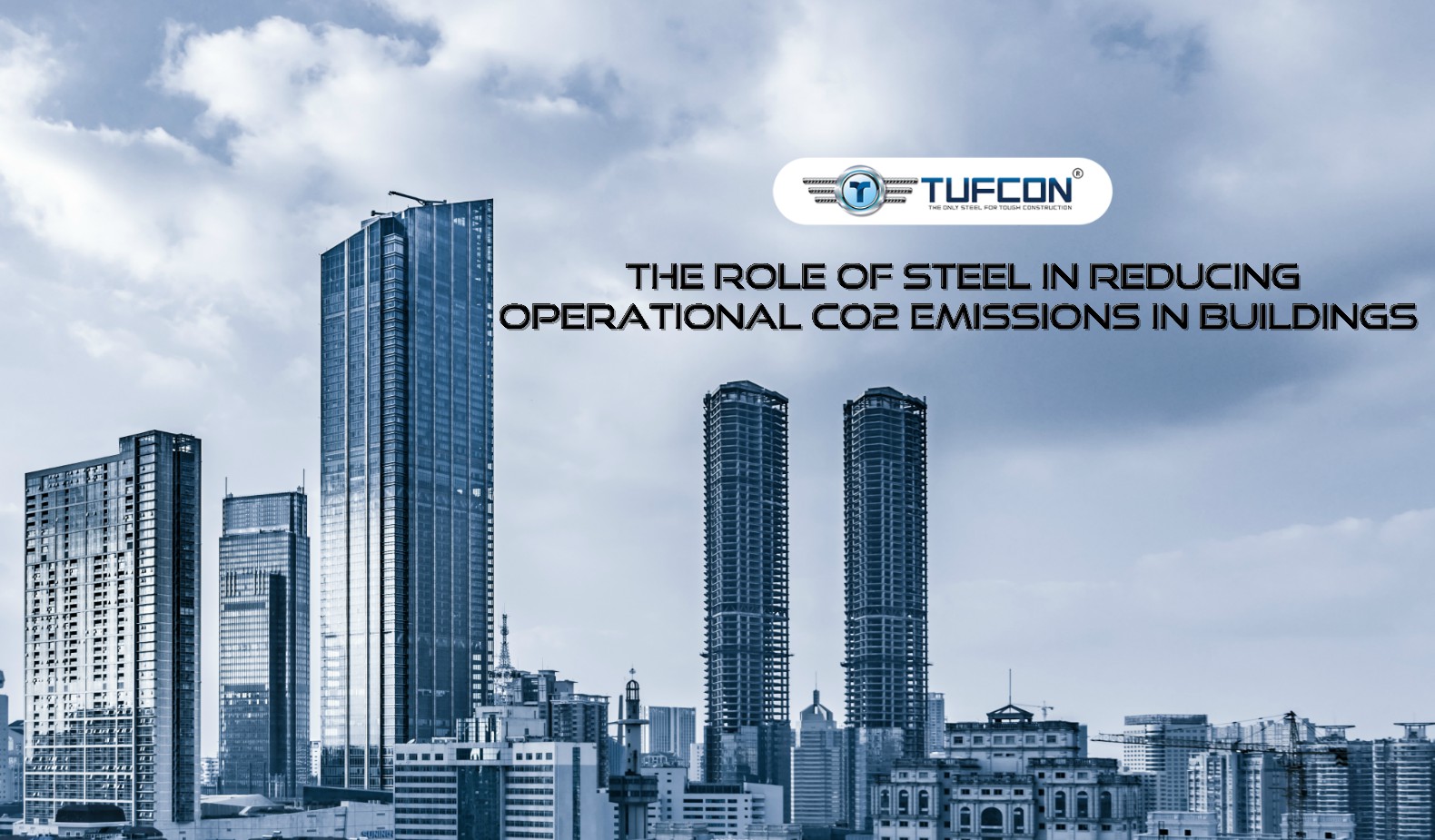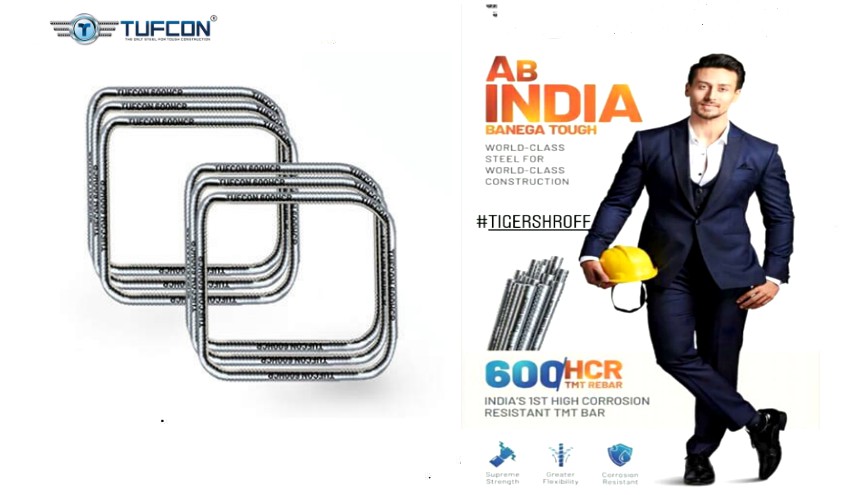To understand the role of steel in reducing operational CO2 emissions in buildings, first we have to know about Operational CO2 and it’s effects on our environment.
What is Operational CO2 ?
A building’s operational CO2 is the gross amount of CO2 emitted during the operation of that building.
CO2 is a greenhouse gas that affects the stability of our global climate greatly. According to the Scientists, if we don’t reduce the emissions of CO2, global temperatures will be raised by 2.5 F to 10 F in this century. This increased temperature will contribute in raising the sea levels, more frequent floods and droughts, and increased spread of infectious diseases.
Modern buildings consume energy and produce carbon emissions from the early stage from the extraction of materials to the construction of a
building.
Using low curbon emission construction materials reduces the negative impact of buildings on the global environment. Among the most efficient structural building systems, reinforced concrete structure has provided better results and consumes less embodied the energy and carbon emissions, as compared to the pre-cast concrete and steel structural building system.
Using the the Monte Carlo method we have come to know that the superstructure of an commercial building on average, had a footprint of 214.8 kg CO2/m(2).
External walls and upper floor portion of the building leaves the highest CO2 footprint, followed by ceilings and plaster finishes. These three elements generates an average of 83.9% of the CO2 footprint emitted by the superstructure. Additionally, our research also analyzed the emissions reduction impacts of five different material use options over a 60-year lifespan.
The role of steel in reducing operational CO2 emissions in buildings-
Within 2050, the world’s population will increase approx 2 billion people and the percentage of the city residents will be around 70%. These demographic shift will greatly affect the construction sector along withh steel demand.
According to studies, currently the operational CO2 of the buildings contributes 28% of global CO2 emission. These carbon emissions must be drastically reduced to make the zero net energy buildings by 2050.
Steel or reinforcement plays the main role to transfrom normal buildings to zero net energy buildings.
Let’s see how steel helps to transist towards net zero energy buildings:
Energy Efficiency – Steel plays the major role in maintaining energy efficiency by transfering renewable energy. Like, the steel mountings of roof solar panels, roof- integrated solar heat collectors and geothermal energy piles.
Thermal mass – Steel can quickly store/release heat when needed. For example, phase change materials (PCMs) can be used in floors, walls or ceilings to capture and store thermal energy, enabling a constant room temperature with less energy demand.
Maintainance– steel sandwich panels and windows contribute to maintaining a building’s temparature maintainance, by reducing heat losses and increasing energy savings.
Sustainability – Steel has the ability to be pre-fabricated in specific dimensions or modules in a factory means that components are made available on-site when needed. The ability for steel to be designed for deconstruction and alternative use implies that the potential to create new future steel is less of a necessity. Steel can also be recycled without loss of quality which indicates that in the future there will be less demand for ore of raw materials



